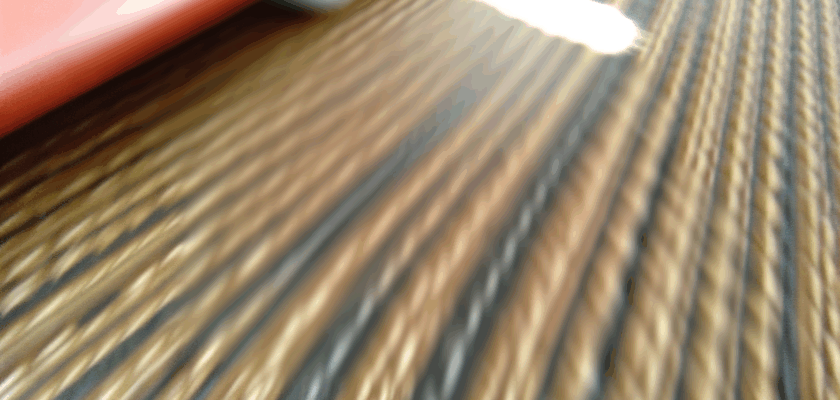When selecting flooring solutions for residential, commercial, or industrial spaces, cost often plays a decisive role alongside functionality and aesthetics. Vinyl flooring and rubber matting are two popular options that cater to different needs, offering durability, ease of maintenance, and a range of design possibilities. However, their initial expenses and ongoing costs vary significantly, making a clear understanding of their price structures essential for making an informed choice. This article compares vinyl flooring and rubber matting by examining their installation and material costs, as well as long-term financial implications.
Vinyl Flooring: Understanding Installation and Material Costs
Vinyl flooring is widely recognized for its affordability and versatility, making it a common choice in both residential and commercial settings. The material cost of vinyl flooring typically ranges from $2 to $7 per square foot, depending on the quality, type (sheet, tile, or plank), and design complexity. Higher-end luxury vinyl tiles (LVT) or planks with realistic wood or stone patterns may push prices toward the upper spectrum, while basic sheet vinyl offers a more budget-friendly option.
Installation expenses for vinyl flooring vary based on the subfloor condition, room size, and the type of vinyl selected. On average, professional installation costs range from $1.50 to $3 per square foot. DIY installation can reduce labor costs but requires some skill, particularly when dealing with sheet vinyl that demands careful cutting and adhesion. Additionally, preparation work such as leveling or repairing the subfloor can add to upfront costs.
Overall, vinyl flooring tends to be an economical choice when considering both material and labor expenses. Its relatively straightforward installation process and moderate material prices make it accessible for large projects without compromising on style or durability. However, hidden costs like adhesives, underlayment, and potential removal of old flooring should be factored into the total budget.
Rubber Matting: Price Factors and Long-Term Expenses
Rubber matting is favored in environments demanding high durability, safety, and comfort, including gyms, playgrounds, and industrial workplaces. Material costs for rubber matting are generally higher than vinyl, ranging from $3 to $10 per square foot depending on thickness, density, and surface texture. Specialized mats with anti-slip or shock-absorbing properties command premium prices due to their enhanced protective features.
Installation costs for rubber matting can be more variable because some mats are loose-laid while others require adhesive or interlocking systems. Simple roll-out mats have minimal installation costs, often under $1 per square foot if done independently. In contrast, glued-down or custom-fitted rubber flooring installations by professionals typically cost between $2 and $5 per square foot, reflecting the labor-intensive process and precision needed to ensure durability and seamless joins.
In terms of long-term expenses, rubber matting often proves cost-effective despite higher upfront prices because of its superior resilience and low maintenance requirements. It resists wear, impact, and moisture better than many vinyl options, reducing replacement frequency and repair costs. Additionally, rubber’s natural slip resistance and cushioning can lower liability risks in commercial settings, offering indirect financial benefits over time.
Choosing between vinyl flooring and rubber matting ultimately depends on the specific needs and budget constraints of the project. Vinyl flooring shines as a cost-effective and aesthetically versatile option with manageable installation costs suitable for a broad range of spaces. Conversely, rubber matting demands a higher initial investment but often delivers greater longevity and safety benefits that can justify the price over the long run. Evaluating both immediate expenses and future savings will help stakeholders make a well-rounded decision aligned with their priorities.

